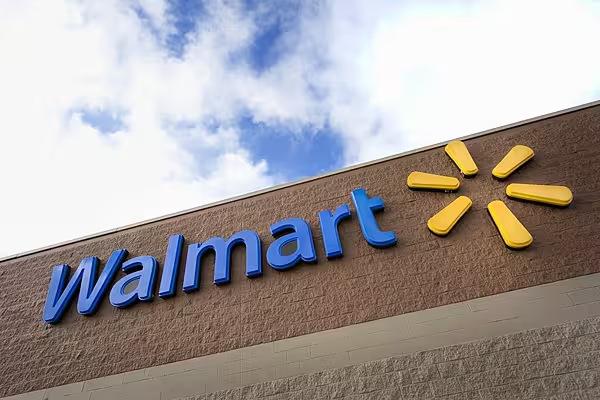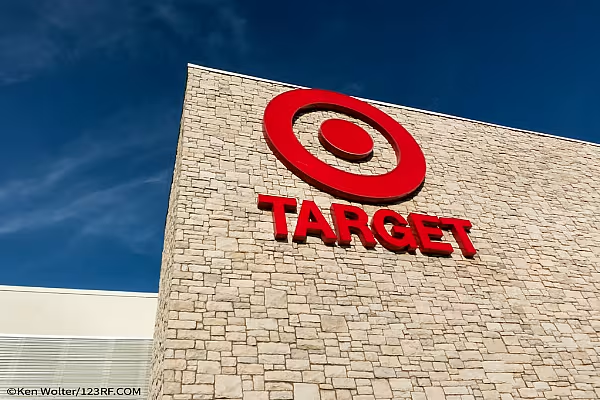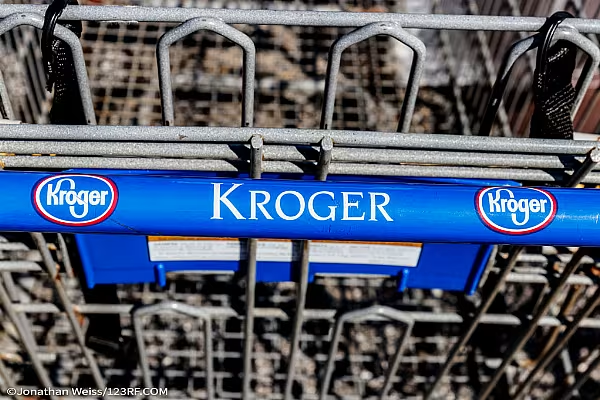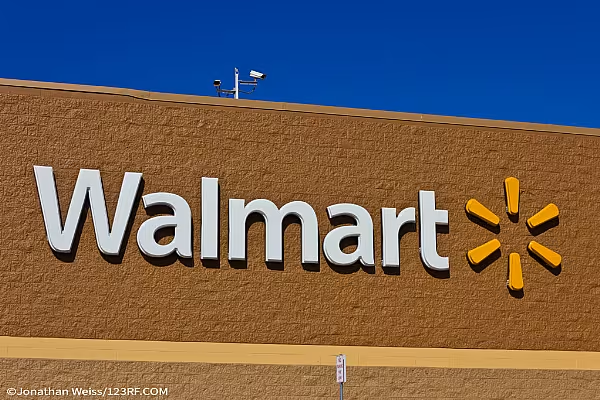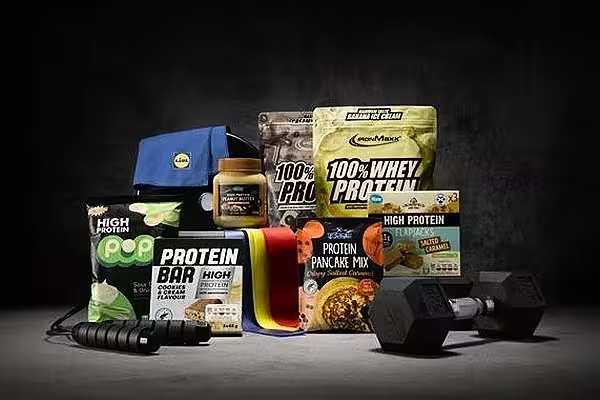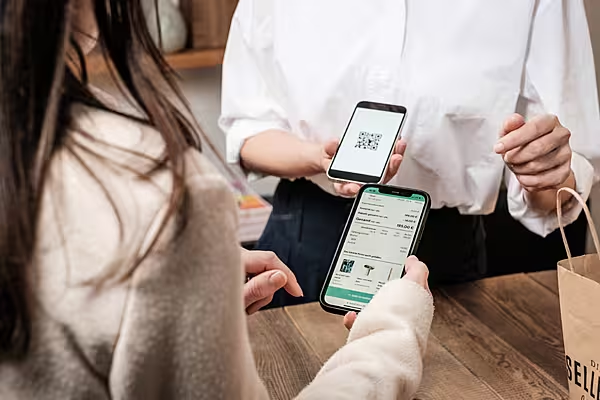Take note of this moment. This is a tipping point for online grocery shopping in the US.
Food and beverage retail is one of the largest categories of consumer spending, accounting for yearly sales of $800 billion or more in the US. And it has been stubbornly immune to e-commerce.
Last year, Kantar Worldpanel estimated online shopping for groceries and similar goods accounted for just 1.5% of the US market. Even Amazon hasn't bucked the trend. It has laboured for more than a decade with its Fresh grocery delivery service.
But times are changing.
Walmart, the biggest grocery retailer in the US, said Wednesday that it was expanding drastically the number of places where shoppers can pile food into a virtual shopping cart and have their purchases delivered.
Target late last year purchased delivery startup Shipt and said recently that it would offer same-day delivery of assorted groceries and other goods from the majority of Target stores this year. Supermarket chains Kroger and Albertsons are teaming up with Instacart for online deliveries.
Even Costco Wholesale, long hesitant about e-commerce, has tiptoed into home-delivery orders.
Market Changes
All these events happened after June 2017, when Amazon announced it was buying Whole Foods for $14 billion.
Grocery sellers weren't ignoring the internet before then, but certainly Amazon's purchase was a declaration that the Seattle superpower was serious about food and eager to find new approaches to blur the lines between online and physical shopping. The rest of the grocery industry had no choice but to respond quickly, and embracing food delivery has been the most obvious of their reactions.
This was a change of tune for many traditional grocers. Walmart, Kroger and other big chains have tested home-delivery options, but they have been bigger proponents of 'click-and-collect' shopping, which lets customers order groceries ahead of time, pull up curbside at the store and have an employee place the shopping bags in the trunk.
As recently as Walmart's 2016 shareholder meeting, the company said the US was a much trickier place to manage grocery deliveries compared with the United Kingdom, where Walmart's Asda unit has a home delivery grocery service that covers nearly the whole country. The US is larger, of course, and logistics are thorny.
Click-and-collect has the advantage of giving shoppers the option of ordering online but without the costs and complexity of home delivery. Everyone in the grocery business knows the saga of Webvan, the online grocery pioneer that burned through about $1 billion before shutting down in 2001. No one wants to be Webvan 2.0.
Conditions are different today, but it remains tough to be consistently profitable in internet groceries. Ocado Group, a large online supermarket in the UK, has had profit hiccups.
Amazon plans to start charging a subscription fee for its service that offers bulk food and other household goods - a sign that the finances under the current system weren't ideal for Amazon. But Walmart and other companies have seen that groceries won't be immune forever to the lure of shopping from the sofa.
Future Investment
Many questions remain unanswered for the grocers. They may not be able to manage at large scale with employees picking items from traditional stores to pack for home delivery, and eventually they may need to invest in dedicated warehouses optimised for online orders.
Outsourcing deliveries to couriers, as Walmart plans to do, can be tricky. Amazon reportedly blamed hiccups with US Postal Service deliveries for its decision to curtail Fresh deliveries in a few areas.
It's also clear that no one - not even Amazon - thinks people are going to shop for groceries solely online. That e-commerce company's chief financial officer has said people want to shop in multiple ways - over the internet, at quick-stop markets and at big-box stores for bigger trips.
Conventional US grocers are also betting on a mix of physical and virtual retail, but now they're leaning much harder on the virtual. Existing grocers want to avoid the fate of many of their retail brethren, who dismissed e-commerce for too long and are now paying the price. This will accelerate online grocery availability and adoption.
We have seen this movie before. In the UK, the embrace of online grocery shopping by two big traditional supermarkets, Tesco and Sainsbury's, helped to change food-buying habits. So, too, did Ocado's presence as an online groceries specialist that could team up with multiple grocers.
Online shopping is about 7.5% of the UK grocery market these days, estimates Kantar Worldpanel. That's not huge; tipping points can take years to transition to mainstream habits. But we've seen the future. It's hard to hold back the e-commerce tide forever.
News by Bloomberg, edited by ESM. Click subscribe to sign up to ESM: The European Supermarket Magazine.
